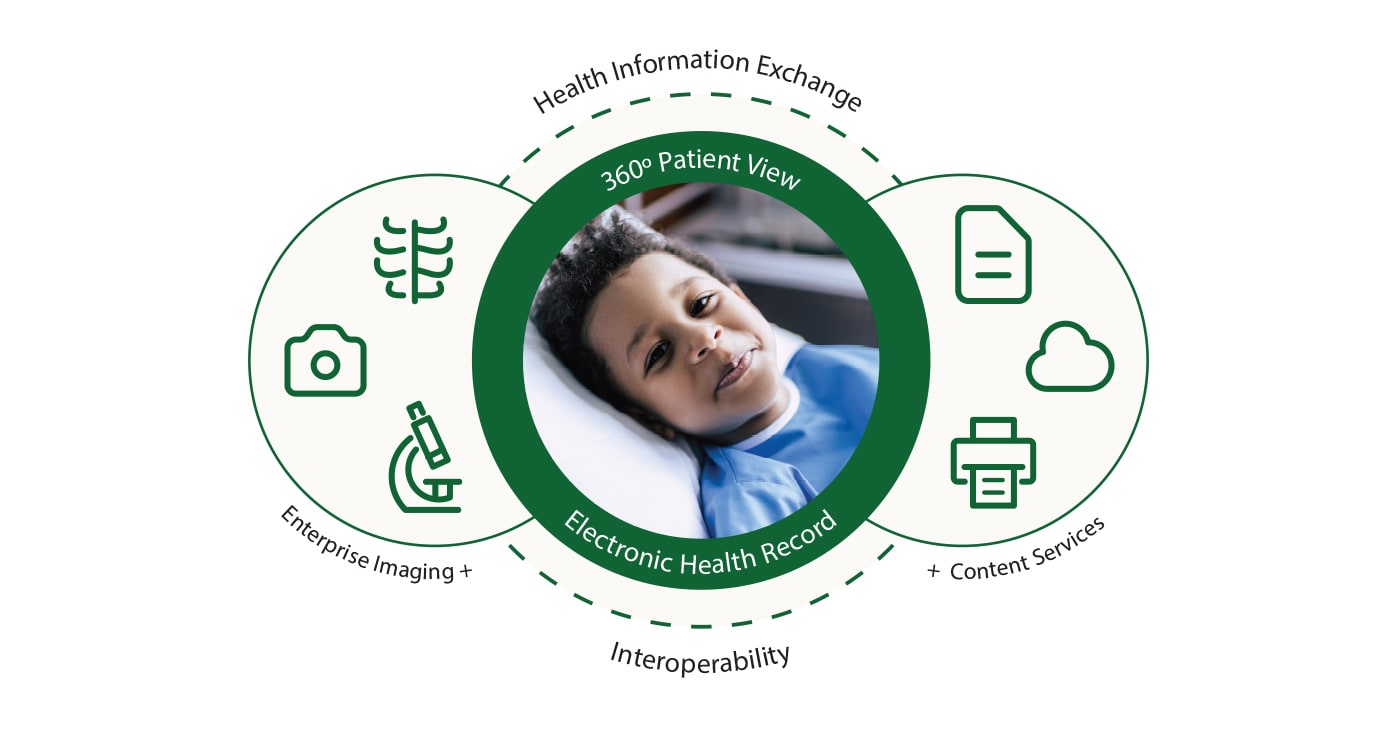Finest Healthcare RCM Practices to Enhance Operational Efficiency and Collections
Finest Healthcare RCM Practices to Enhance Operational Efficiency and Collections
Blog Article
A Comprehensive Guide on Exactly How Health Care RCM Functions to Streamline Invoicing and Collections
Navigating the complexities of health care revenue cycle management (RCM) is vital for service providers aiming to improve their payment and collections processes. The overview unboxes the details of RCM, from person registration to accounts receivable administration, supplying understandings into enhancing each step.
Recognizing Revenue Cycle Management
Realizing the intricacies of Income Cycle Administration (RCM) is essential for healthcare organizations intending to maximize their financial performance. RCM is a vital management feature that includes the whole economic procedure of person treatment, from the first appointment setting to the final settlement of the equilibrium. It is an intricate procedure developed to determine, gather, and handle the income from the services provided to patients. Efficient RCM ensures that doctor obtain accurate and prompt payments, minimizing the threat of earnings loss and improving capital.
The RCM procedure begins when a patient timetables a visit and prolongs through the person's care trip, consisting of payment and collections. A crucial goal is to reduce the time in between getting and giving a service settlement, therefore boosting the organization's economic health. RCM entails various features such as client enrollment, insurance policy verification, cost capture, coding, claims submission, settlement posting, and managing allures and denials.
Secret Elements of RCM
In the realm of Profits Cycle Monitoring (RCM), comprehending its vital elements is essential to attaining financial effectiveness within medical care organizations. RCM is an extensive procedure that encompasses various phases, each critical to making sure reliable billing and collections. The primary elements consist of person enrollment, insurance coverage confirmation, cost capture, coding, case submission, payment publishing, and balance due administration.


When coded, insurance claims are sent to payers, where precision is vital to avoid delays or denials - Healthcare RCM. Payment uploading entails tape-recording the gotten repayments, which permits the settlement of accounts. Lastly, accounts receivable administration concentrates on monitoring and dealing with overdue cases, ensuring timely follow-up and resolution
Each element of RCM is adjoined, and inefficiencies in any part can disrupt the entire cycle. Consequently, understanding these components is crucial for doctor to maximize earnings and boost their monetary health and wellness.
Methods for Effective Billing

Systematizing billing procedures throughout the company is an additional vital approach. Developing clear standards for paperwork, coding, and entry aids keep uniformity and compliance with regulatory demands. Educating personnel frequently on these procedures guarantees everyone is current with the most up to date adjustments in payment codes and payer plans.
Precise fee capture is crucial in preventing revenue leakage. Executing normal audits and tracking systems enables the recognition and adjustment of disparities prior to they affect revenue. In addition, maintaining open lines of interaction with payers aids to rapidly resolve any type of disputes or misconceptions that may arise.

Finally, appealing clients early in the invoicing process by providing clear estimates and instructional materials regarding their financial obligations can substantially reduce complication and improve payment timeliness. These strategies jointly add to a more efficient and financially healthy and balanced payment system.
Enhancing Collections Processes
Offered the complexities of medical payment and the range of payer requirements, boosting the collections procedure includes implementing calculated actions that ensure precise and timely repayment of solutions provided. Automation devices can aid in tracking case standings, sending prompt reminders to clients, and handling denials much more successfully.
Educating personnel to comprehend the subtleties of insurance coverage and invoicing codes is similarly necessary. This knowledge empowers them to deal with billing discrepancies quickly and communicate effectively with patients concerning their economic obligations. Moreover, clear and transparent patient communications are crucial. Providing detailed descriptions of fees and providing flexible payment strategies can boost individual satisfaction and prompt settlements.
Routine audits of the collections procedure must be carried out to determine areas for renovation and ensure conformity with regulations. By evaluating data, medical care organizations can recognize patterns, prepare for prospective concerns, and adapt approaches appropriately (Healthcare RCM). Inevitably, a well-enhanced collections process not just supports economic health and wellness but also contributes to a much more smooth experience for individuals and personnel alike
Optimizing Revenue Streams
Structure upon the structure of a strong collections process, health care organizations can even more strengthen their monetary security by purposefully maximizing earnings streams. This involves a multi-faceted technique, starting with a detailed analysis of existing income resources to recognize inefficiencies and areas for development. Using advanced data analytics tools allows companies to gain insights into payer mix, individual demographics, and solution application patterns, allowing for data-driven decisions that enhance profits capture.
Carrying out automated more helpful hints payment systems can significantly decrease errors and speed up insurance claims refining, making certain that revenue is collected much more effectively. In addition, maximizing payer contracts with normal arrangements can boost repayment prices and terms, straight influencing the lower line. Expanding solution offerings, such as incorporating telehealth or wellness programs, can also attract a broader patient base, therefore boosting have a peek here earnings possibility.
Another essential component is improving individual involvement and contentment, as satisfied patients are more probable to stick to treatment plans and make prompt repayments. Offering flexible settlement choices and transparent payment techniques can enhance collections and foster client commitment. Healthcare RCM. By embracing these techniques, healthcare companies can produce a more resistant monetary structure, ensuring continual growth and security in an ever-changing market landscape
Conclusion
In verdict, health care Revenue Cycle Administration (RCM) plays a critical function in maximizing payment and collections processes by incorporating essential parts such as individual enrollment, insurance coverage verification, fee capture, coding, claims entry, and accounts receivable administration. By employing sophisticated technology, systematizing treatments, and promoting patient involvement, doctor can considerably lower case denials, increase repayment cycles, and improve capital. This extensive technique to RCM eventually results in boosted financial effectiveness and sustainability for health care organizations.
The RCM process starts when a patient routines a consultation and prolongs with the person's care journey, including invoicing and collections.One more crucial component is enhancing person engagement and satisfaction, as completely satisfied patients are much more likely to stick to treatment strategies and make prompt settlements. Supplying adaptable payment choices and transparent invoicing methods can boost collections and foster patient loyalty.In conclusion, healthcare Revenue Cycle Administration (RCM) plays a critical duty in maximizing billing and collections processes by integrating essential components such as client enrollment, insurance confirmation, charge capture, coding, claims entry, and accounts receivable monitoring. By utilizing innovative modern technology, standardizing procedures, see this page and fostering person interaction, medical care service providers can substantially minimize claim denials, accelerate payment cycles, and enhance cash flow.
Report this page